POLYPROPYLENE
PP
Polypropylene (PP) is a plastic polymer with the chemical formula C3H6. It is used in many different settings, both in industry and in consumer goods, and it can be used both as a structural plastic and as a fiber. This plastic is often used for food containers, particularly those that need to be dishwasher safe.
The melting point of polypropylene is very high compared to many other plastics, at 320°F (160°C), which means that the hot water used when washing dishes will not cause dishware made from this plastic to warp. This contrasts with polyethylene, another popular plastic for containers, which has a much lower melting point. Polypropylene is also very easy to add dyes to, and it is often used as a fiber in carpeting that needs to be rugged and durable, such as that for use around swimming pools or on miniature golf courses. Unlike nylon, which is also often used as a fiber for rugged carpeting, it doesn’t soak up water, making it ideal for uses where it will be constantly subject to moisture.
Research is ongoing with polypropylene, as makers experiment with different methods for synthesizing it. Some of these experiments yield the promise of exciting new types of plastic, with new consistencies and a different feel from the fairly rigid version that most people are used to. These new elastic versions are very rubbery, making them even more resistant to shattering and opening up many different uses for an already pervasive plastic.
Polypropylene is not as sturdy as polyethylene, but it has benefits that make it the better choice in some situations. One of these situations is creating hinges from a plastic, such as a plastic lid on a travel mug. Over time, plastics wear out from the repetitive stress of being opened and shut, and eventually will break. Polypropylene is very resistant to this sort of stress, and it is the plastic most often used for lids and caps that require a hinging mechanism.
PP now has a history of nearly 45 years since its discovery and 40 years since its commercialization. It has established itself as one of the most important polymers that has engineering plastic properties at commodity plastics prices. The end of the growth of PP is not in sight.
POLYPROPYLENE HOMOPOLYMER
HPP

APPLICATIONS
Buckets, bowls, crates, toys, medical components, washing machine drums, battery cases, bottle caps. Elastomer modified for bumpers, etc. Talc filled for additional stiffness at elevated temperatures – jug kettles, etc. OPP films for packaging (e.g. crisps, biscuits, etc.). Fibers for carpets, sports clothing.
INJECTION MOLDING
FILM GRADE
POLYPROPYLENE COPOLYMER
PPCP
INJECTION MOLDING
EXTRUSION GRADE
POLYPROPYLENE RANDOM COPOLYMER

